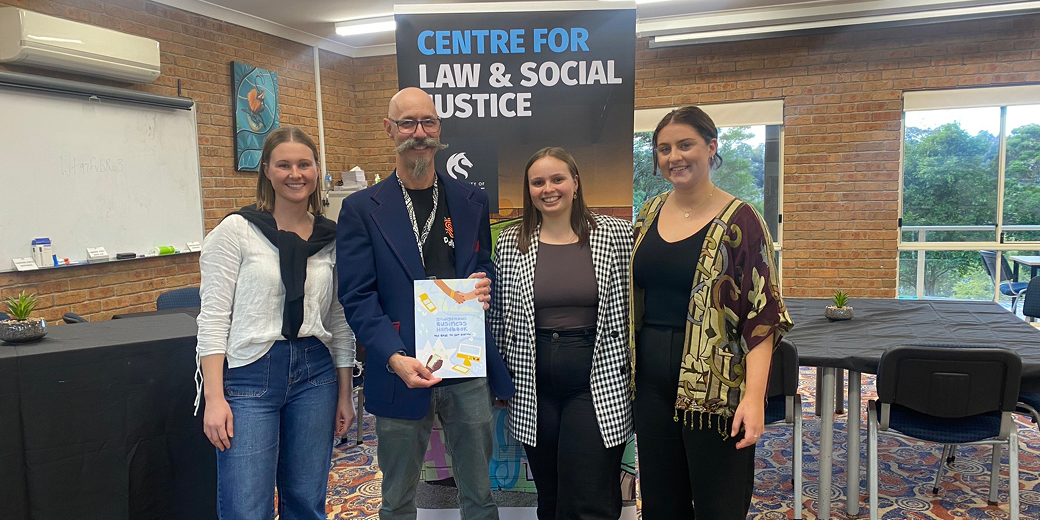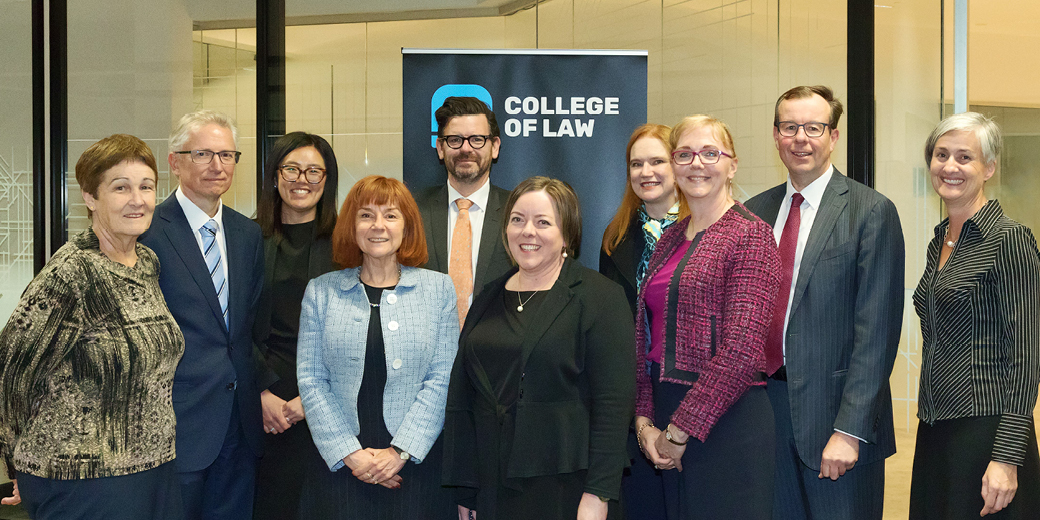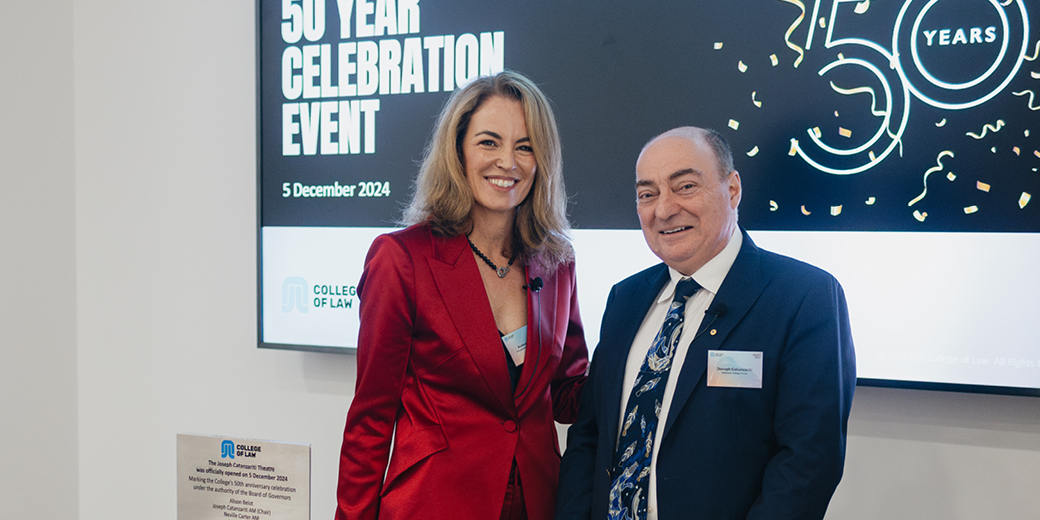When Gene Hallman walked away from his successful Silicon Valley career, he didn't just change jobs — he changed the entire approach to legal tech development. Rather than joining another external software company trying to crack the notoriously resistant legal market, Hallman made the radical decision to embed himself within an Australian law firm, working alongside lawyers to solve the daily frustrations he witnessed firsthand.
This journey from working as a developer at Google to legal practice has produced Logic Firm, a practice management system that takes into account the subtle tensions within legal work. For example, why optimising billable activities can threaten a firm's revenue model, or why universal buy-in comes from improving tedious non-billable processes like quote management and billing review.
Hallman's inside-out approach represents a fundamental shift in legal tech philosophy: instead of building solutions for lawyers, the focus has been building solutions collaboratively, creating tech that feels native to legal practice rather than imposed upon it. We hear about some of Hallman’s biggest learnings, lessons relevant for anyone running a law practice in today’s tech-evolving environment.
The Billable Hour Paradox: A unique tension
“One of the first things I came to appreciate working inside a law firm was the underlying tension in legal tech: improving efficiency often means reducing time spent on tasks that are traditionally billable,” Hallman says. “In an industry still largely anchored to time-based billing, that creates a broader challenge, not of resistance, but of alignment between technology and business models. It also points to a bigger conversation around the shift towards value-based pricing and the transformative role AI is likely to play, though that’s a topic for another day.”
What became clear from Hallman’s immersion in a law firm was the importance of optimising non-billable activity.
“That’s where Logic Firm has made some of its biggest early impact. For example, quote management — tracking quote requests and responses — is tedious and error-prone. We built a system to manage requests, template responses, convert them to matters, and report on outcomes,” Hallman says.
“Another example is billing review: traditionally, this was a laborious process of emailing Word drafts back and forth or marking up printed bills. We digitised and streamlined the entire workflow, cutting billing time to a third of what it was.”
Tech to get ready for AML
With AML or Anti-Money Laundering compliance changes on the way, adopting systems that address these new obligations is an important consideration for Australian legal practitioners.
“Features like a built-in conflict check system help firms meet regulatory obligations without cobbling together manual processes or external tools. With upcoming AML changes, we’re continuing to build in proactive compliance features — making staying compliant a native, seamless experience.”
In the past, tools like quote management didn’t necessarily exist in a structured form for law firms and requests were tracked manually or not at all.
“By building a system that captures referral sources, tracks success rates, and identifies lost reasons, we’ve helped firms completely reimagine their top-of-funnel process. Instead of anecdotal insight, they now have real data driving business development,” Hallman says.
“Billing is another area where legal tech change has been transformative. For partners managing hundreds of matters, billing was often a dreaded, time-consuming chore involving handwritten markups or emailing around draft invoices. Turning that process into a fast, intuitive digital workflow that streamlines reviews and dramatically shortens billing cycles - lightens workloads and stress levels.”
On the compliance side — things like conflict checks or AML procedures — expectations are rising.
“Firms are no longer satisfied with cobbled-together processes or workarounds. We’ve seen a shift in mindset where practices are now demanding more from their PMS, not just in usability but in regulatory readiness,” Hallman says. “These aren't just features - they’re foundational tools that are changing how firms operate day-to-day.”
Build fast, iterate often, and stay close to your users
“One of the biggest lessons I brought from Silicon Valley is how important it is to build fast, iterate often, and stay obsessively close to your users,” Hallman says. “At Google and in startups, we were taught to constantly ‘deliver, listen, and improve’ — and that’s a mindset I’ve carried into Logic Firm. But what’s even more important in legal tech is domain proximity: understanding not just what users ask for, but what they really need in the context of their work, their regulation, and their culture.”
When reviewing legal tech products, especially international systems, it is important to assess their application to the Australian legal market and your firm’s specific needs.








![How to handle Direct Speech after Gan v Xie [2023] NSWCA 163](https://images4.cmp.optimizely.com/assets/Lawyer+Up+direct+speech+in+drafting+NSW+legislation+OCT232.jpg/Zz1hNDU4YzQyMjQzNzkxMWVmYjFlNGY2ODk3ZWMxNzE0Mw==)


























































































